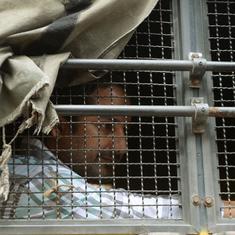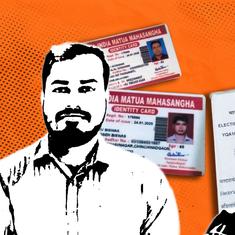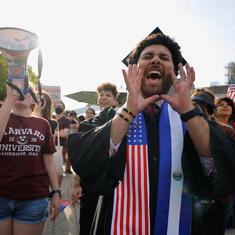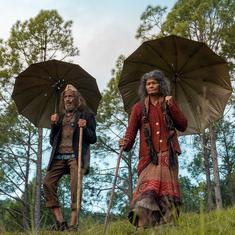How many times have we heard grateful actors and technicians justify harassment, bullying and obnoxious behaviour from directors (most often male) in the service of great cinema?
Stanley Kubrick rewrote the script of The Shining numerous times, ill-treated lead actress Shelley Duvall on the movie sets, and forced her to give 127 takes of the baseball bat sequence (it’s in the Guinness Book of World Records, so maybe it was worth it.) Duvall fell ill and suffered hair loss. David O Russell too didn’t spare Amy Adams during the shoot of American Hustle, and intimidated her along with other crew members. These are just two of several incidents that have leaked from movie sets, and these stories all have the same moral: genius is tortured, great art involves suffering (and not only by the artist) and the means always justify the end.
We can already hear the excuses being trotted out for Italian auteur Bernardo Bertolucci, who has admitted that the infamous rape sequence from Last Tango in Paris (1972), in which Marlon Brando’s character forces himself on Maria Schneider’s much younger character, was shot without the 19-year-old actress’s consent.
The movie features Brando in one of his most celebrated performances as an American in the French capital who embarks on a relationship with Schneider’s Jeane, presented throughout as an object of mysterious beauty and irresistible sexuality. Last Tango in Paris is considered a late-career gem in Brando’s career, but Schneider struggled with depression and drug addiction after the controversy surrounding the film.
“I didn’t want Maria to act her humiliation, her rage, I wanted ... Maria to feel...the rage and humiliation,” Bertolucci said in a video interview in 2013, which has been recently made public. The Italian director colluded with Brando to give the scene its raw power, but didn’t feel it necessary to tell Schneider that she was going to feature in one of the most notorious scenes in film history.
This isn’t the first time Bertolucci has admitted that the scene didn’t involve Schneider’s consent. In interviews following Schneider’s death in 2011 (Brando had passed away in 2004), the filmmaker of such acclaimed arthouse features as The Conformist, 1900 and The Last Emperor, professed remorse for his actions. “Poor Maria. I didn’t have the occasion to go to ask her to forgive me,” he told The Guardian.
Schneider has said that she was scarred for life from the experience. “He was fat and sweaty and very manipulative, both of Marlon and myself, and would do certain things to get a reaction from me,” Schneider told the Daily Mail newspaper in an interview in 2007. “I was too young to know better. Marlon later said that he felt manipulated, and he was Marlon Brando, so you can imagine how I felt.”
Schneider had the last word on Last Tango in Paris – “I watched it again three years ago after Marlon died and it seems kitsch,” she said in the interview. “I think Bertolucci is over-rated and he never really made anything after Last Tango that had the same impact.”
Another Italian director gave Schneider one of her most indelible roles. In The Passenger (1975), Michelangelo Antonioni cast Schneider as an architecture student who joins Jack Nicholson’s runaway journalist on his quest to remake his identity. Antonioni’s film, renowned among other things for Nicholson’s performance and an audacious seven-minute-long tracking shot, is a fixture on several lists of all-time great films. The Passenger stays, but Last Tango in Paris has lost its place.










